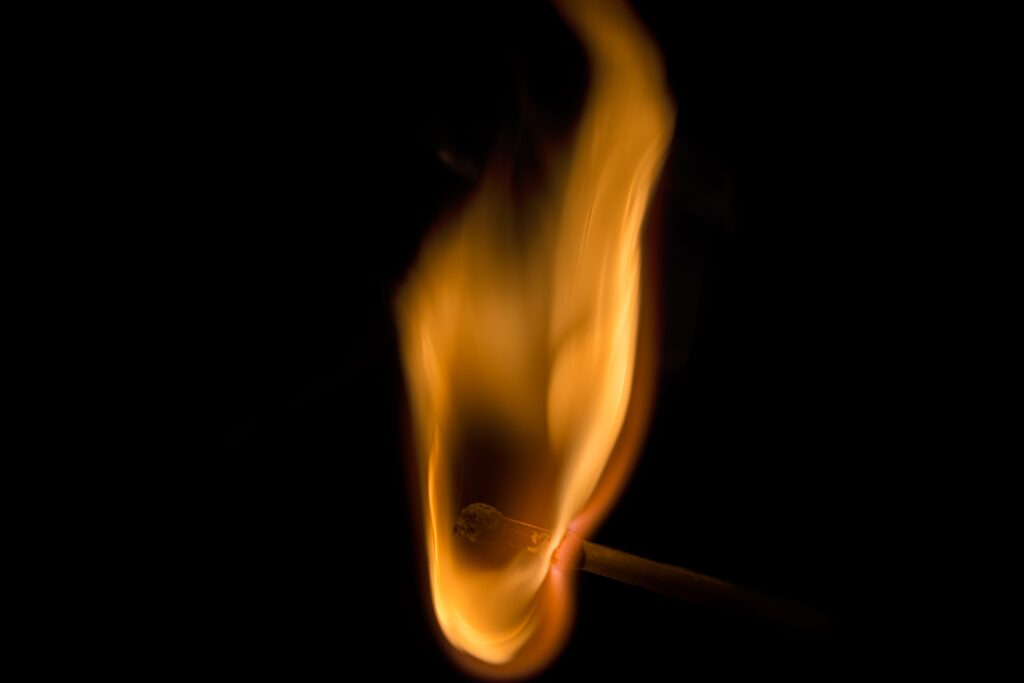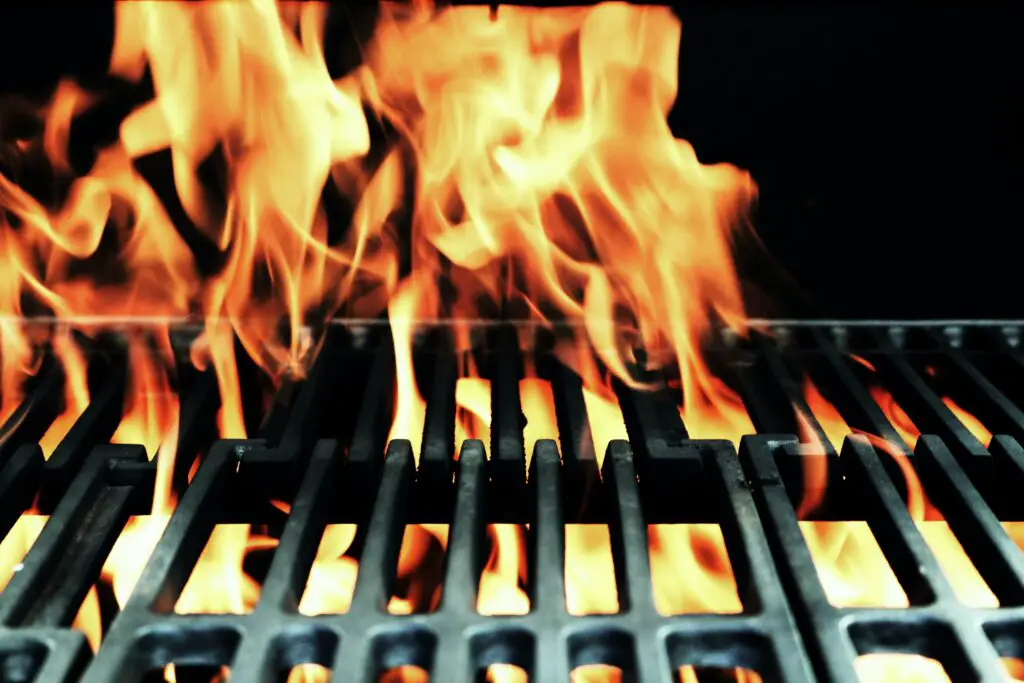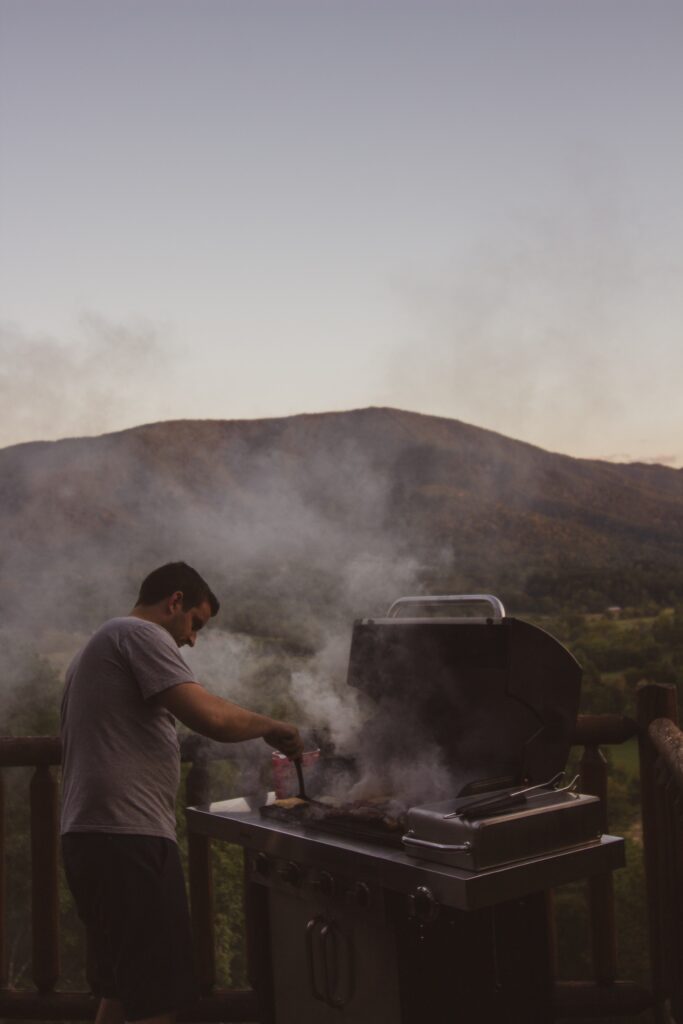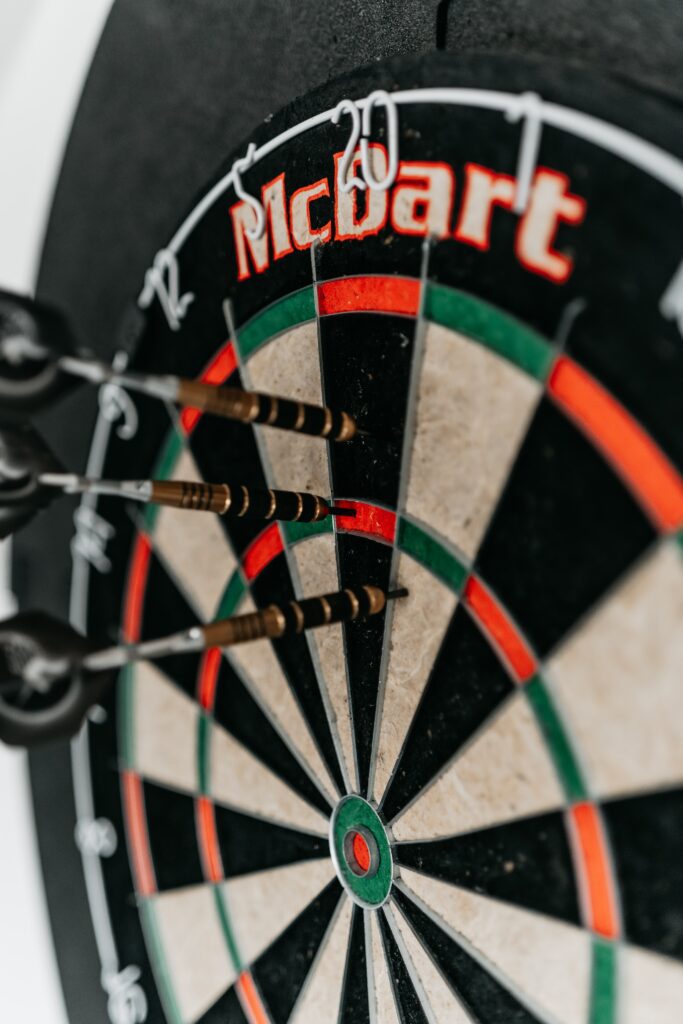We strive to provide you with authoritative, trustworthy, and expert advice. In doing so, the staff at bbqdropout.com performs extensive research, editing, and fact checking to every post on this webiste. If you feel that this article can improve, please feel free to reach us at staff@bbqdropout.com
Before continuing this article, I wanted to let you know that I have a YouTube channel where I showcase all sorts of video content related to BBQ. Subscribing would mean a lot to me, and I very much appreicate all the support!
Traeger Temperature Calibration
If you’ve ever tried smoking your meat or ribs with a Traeger grill, chances are high that you may have noticed a bit of temperature fluctuation.
You may become disturbed figuring out how to fix the problem when in fact, it may not be something worth worrying about.
However, what do you do in a situation where it’s obvious you’ve got a problem on your hand and your Traeger is not living up to expectations?
In this article, we will be looking at some of the associated problems that come with Traeger temperature calibration and will also be answering some frequently asked questions.
Traeger Temperature Calibration: meaning
Thermometer calibration is the act of checking and ensuring that your thermometer is working correctly, and in cases where it’s not working correctly, adjustments are made.

The type of calibration and the frequency with which it’s done mostly depends on the type of thermometer you’re using and what you intend to use it for.
As it relates to your Traeger grill, there are times when your temperature gauge may act up.
To always ensure your grill is working at the right temperature and in cases of temperature fluctuations; Traeger probe calibration comes in handy.
Traeger Temperature Off
Another name for when your Traeger grill temperature is off is “temperature swing.”
A temperature swing is when the grill’s temperature rises way above or below the set temperature.
It then returns to the set temperature or goes back in the opposite direction- just like a swing.

Do you remember how your electric oven at home works?
How does it produce an average temperature throughout your cooking?
It’s the same way with Traeger grills.
They cook on an average, meaning that there may be some slight fluctuations above or below the set temperature.
But if your Traeger temperature is way off on a good weather day, reading more than ± 15ᵒ F, some factors may be responsible for that.
Contributing Factors to Fluctuating Traeger Temperature
There are a lot of factors that can contribute to an off-Traeger temperature reading.

These include poor airflow circulation, frequent opening of the lid, heavy food, etc.
Opening Lid Too Often
When you frequently open and close the lid of the grill, this will lead to temperature irregularity, giving you a temperature reading on the display that is off.
Using Foil
If you decide to use a heavy-duty foil instead of a drip tray liner, ensure the foil is wrapped tightly around the edges.

If the foil is fanned out, this can cause air flow issues.
Air Circulation
Large pans can block airflow in the grill.
So, if you have to use one, make sure there is an inch of clearance between the grill and the edge of the pan.

Also, when placing food on the grill, try to maintain an inch clearance from the edge of the grill.
Start-up and Shutdown
Not following the proper process in shutdown and start-up can cause temperature issues.
So, ensure you follow the laid down procedure on start-up and shutdown.
Especially, make sure you enable shutdown mode after you finish cooking.
How to Calibrate Traeger Temperature Probe
Have you been having temperature issues with your Traeger?
If so, you may want to try calibrating your Traeger probe.

Traeger Temperature Calibration Method
There are two proven methods of calibrating the Traeger probe.
They include:
1. Calibrate probe: this involves using ice water to reference 32ᵒ F on your Traeger’s control panel.
2. Probe offset
Method 1: Process
• To get the Traeger probe calibrated, simply switch on the grill and insert the probe in the jack.
• Go to Menu, scroll down to Settings and click on Probe Calibration.
• While doing that, get your ice bath ready and insert the probe in it for one minute.
• After a minute, click on Calibrate Probe or rotate the selector knob to Calibrate Probe and then push the button, depending on which Traeger model you’re using.
• Now, the probe is calibrated.
• You can go back to the main screen. You’re ready to start cooking.
Method 2: Process
This method uses the offset feature to correct the probe accuracy of your grill or smoker by setting it to another thermometer that you know is calibrated below or far above the set temperature on the dial.
Go to Menu, scroll down to Settings and click on Probe offset.
Next, rotate the dial/knob to adjust the probe temperature offset steadily increasing it by 1ᵒ from -15ᵒ F to +15ᵒ F/-8ᵒ C to +8ᵒ C.
Traeger Temperature Accuracy
If your Traeger grill is unable to reach or exceed the temperature set on the digital thermostat, there could be different reasons for this.
You may not be getting an accurate temperature because of an issue with the auger being jammed, the burn pot or hot rod igniter, or a problem with the induction fan.

The wood pellets may even be the problem, as they may have gone bad already.
A way to know if your wood pellets are in good condition is to evaluate them properly.
Do they snap cleanly and have a surface shine? Are there lots of dust/fines within the pellets?
An excess of fines can greatly affect the combustion process and reduce the temperature of the fire.
If your temperature probe is dirt or covered in grease/fat, this can stop it from giving an accurate reading.
So, if you’re having issues getting accurate temperature readings for your grill, first, check if the temperature sensor is the problem.
You can change the RTD sensor, but if the problem persists, it may be an issue with the digital control panel.
If you’ve exhausted all options, simply call Tech support at Traeger.
Traeger Temperature Lower Than Setting
There could be different reasons for this happening.
If, for example, the gauge doesn’t reach the set point, then you may have a bad RTD or controller.
Another thing worth checking out is the pellets you’re using.
You need to be sure that the pellets are not lodged in the hopper.
Another reason your Traeger temperature is lower than the setting could be because of lots of gaps in the auger between pellets.
So, you may try fixing it if this turns out to be the issue.
You should also consider the fact that your outside temperature and the wind could be the cause of your problem.
If you’re using the grill in an extremely warm or cold climate and your wood pellet grill is operating far below or above the set temperature on the dial (with a gap of 25 degrees or more), making adjustments to the P-setting could be the game-changer.
If the pellet grill is running over the setting, then you are to adjust the P-setting to a higher number, and if it’s running significantly below the set temperature, then you’d have to adjust the P-setting to a lower number.
You should also bear in mind that in very low outside temperatures, your Traeger pellet grill will fare better with an insulated jacket.
About the P-Setting
P-Setting is an abbreviation for Pause Setting.
It dictates the time interval between the turning of pellet feed auger on to feed in fresh grill pellets into the fire-pot to maintain the set temperature.
By adjusting the P-setting, you may be able to set your Traeger to hold its set temperature accurately and/or to produce more smoke when desired.
Now, your next question would most probably be, “how can I access this P-setting?”
Well, if you own one of the older Traegers or a Traeger Tailgater, Renegade, or Scout portable pellet grill, you may be able to adjust the P-setting.
If your controller has the P-setting button, it will be located on the right side of the digital readout display, with a small “call service” sticker over it.
All you have to do is to remove the sticker and you can access it.
If your pellet grill doesn’t have a “P-hole” and you want more control over your grill, you can decide to purchase a new controller with the P-setting button.
Do I Have to Calibrate my Traeger Probe?
If you have no issues with temperature fluctuations, there’s no reason to calibrate your Traeger probe.
As long as you don’t have any issues with temperature irregularities, there’s no need to want to calibrate your Traeger probe.
However, if there’s a temperature irregularity of say ±5ᵒ F or ±30ᵒ F, you may want to follow any of the methods to calibrate your probe so that your food comes out-cooked right on time.
How to Maintain the Internal Temperature of Your Traeger Grill
The following are important points to note as they’ll help in the maintenance of the internal temperature of your Traeger grill.
These 7 tips should be a part of your cooking routine anytime you want to make use of the grill.
- Always make use of high-quality wood pellets. Make sure they are dry and not moist or wet as these will not burn evenly. They may not ignite and this may cause your grill to malfunction.
- Ensure to always keep a clean grill as this helps in keeping the temperature consistent. Take note of the fire pot and clear any ash found there so that airflow will be consistent.
- Clean the RTD temperature controller. It’s usually situated inside your grill, on the left, just close to the hopper.
- The hopper should always be full so that there are enough pellets to fuel the fire.
- If you have a very old grill, chances are high that there will be corrosion or rust in the grill. If the holes on your grill’s fire pot are too big, there’ll be too much air flowing into the fire, which will cause temperature fluctuations.
- If your temperature controller is old and malfunctioning, swap it for a newer model.
- Wear your grill an insulator jacket if you’re cooking in very low or warm climate weather.
Conclusion
When using any of Traeger‘s pellet grills, you may have some complaints with temperature fluctuations.
Before you go off requesting a new controller or probe, ensure that all external factors have been thoroughly checked.
Calibration of your Trager’s temperature probe will also go a long way in helping you deal with the temperature issues you’ve been having.
Robert is a certified Pitmaster, with over a decade of experience in smoking the best meats you’ll ever feast upon. He also has a Bachelor of Business Administration from the University of Texas at San Antonio. When he’s not researching technical topics, he’s most likely barbecuing in his backyard.
